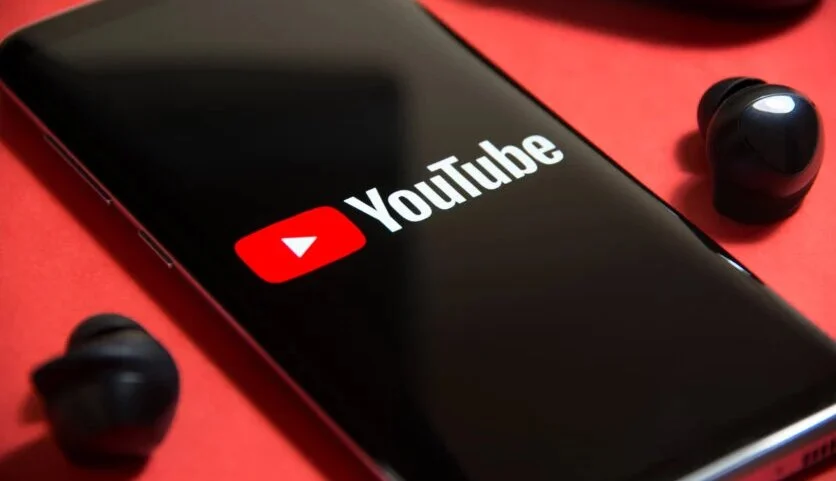YouTube Announces Restoration of Previously Blocked Music from SESAC’s Artist Catalogue in the Coming Days.
YouTube has made headlines with its recent announcement regarding the restoration of music from notable artists such as Adele, Bob Dylan, Kendrick Lamar, and more, which had been removed from its platform due to a legal dispute over music rights. The video-streaming giant revealed that it has reached a new agreement with SESAC (Society of European Stage Authors and Composers), a performance rights organization that plays a crucial role in collecting and distributing royalties to songwriters, composers, and music publishers.
This development comes just days after the content was blocked, causing frustration among users and artists alike. In a post shared on X (formerly known as Twitter), YouTube reassured its user base that the previously unavailable content would be gradually restored within a few days. The platform emphasized its commitment to providing a comprehensive library of music while navigating the complexities of copyright and licensing agreements.
The reinstatement of these songs is significant for both fans and creators. For music enthusiasts, it means the return of beloved tracks that contribute to the richness of the platform’s diverse content. For artists and their representatives, the agreement signifies an acknowledgment of their rights and the importance of fair compensation for their work. YouTube’s swift action following the dispute illustrates its awareness of the vital role that music plays in the overall user experience on the platform.

Moreover, this situation highlights the ongoing challenges that digital platforms face in managing licensing and copyright issues in an increasingly complex music industry landscape. As streaming services continue to grow, the need for clear agreements and robust systems for compensating artists becomes more essential. The recent deal between YouTube and SESAC could set a precedent for similar negotiations between other platforms and rights organizations, ensuring that artists receive the royalties they deserve.
YouTube’s proactive approach in resolving the issue demonstrates its dedication to maintaining positive relationships with artists and content creators. By reaching out to SESAC and negotiating terms that benefit all parties involved, YouTube not only safeguards its music library but also reinforces its position as a key player in the streaming market.
In conclusion, the return of music by prominent artists on YouTube marks a positive step forward in the ongoing dialogue between streaming platforms and the music industry. As the platform rolls out the restored content over the coming days, users can look forward to enjoying their favorite tracks once again, while artists can rest assured that their rights and earnings are being respected. This resolution serves as a reminder of the critical importance of copyright in the digital age and the collaborative efforts needed to sustain a thriving music ecosystem.

















